Ecosystem
Oak and prairie ecosystems host many endemic plants and more than 300 vertebrate species, including a variety of oak-associated birds that are continental priorities for conservation.
Pacific fritillary (Boloria epithore) Credit: Peter Pearsall USFWS
Oak and prairie habitats are amongst some of the rarest in North America. Characterized by oak trees and native grasslands, oak habitats range from open savannas to mixed oak forests. They provide important habitat for more than 300 vertebrate species.
One reason that oaks are so significant for their wildlife value is their presence in areas such as agricultural fields, rangelands and forestland edges. Even a single oak is important habitat for many species because of their unique ability to provide wildlife habitat islands in areas where habitat is scarce. A majority of remaining oak habitat exists on private lands, therefore, active management by small landowners is especially important to preserve, protect and restore these valuable oak landscapes.
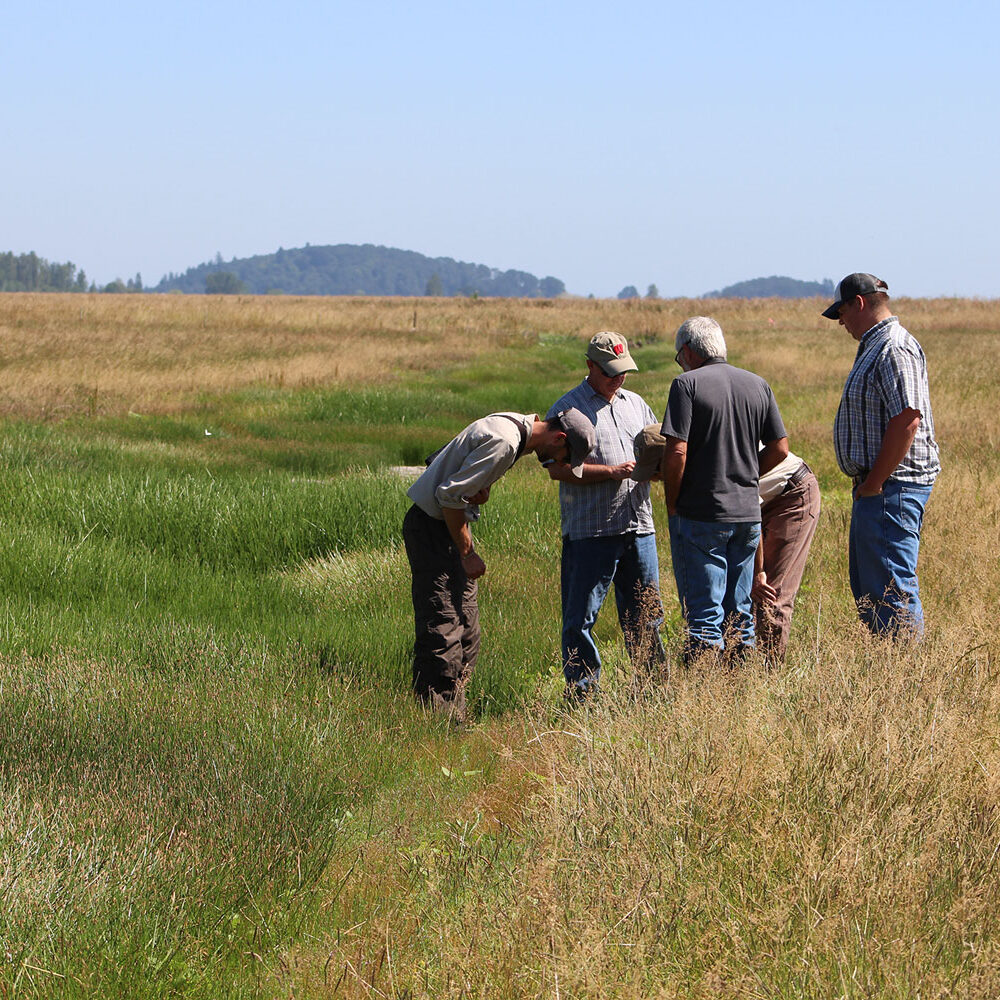
Prairie
Prairies are open native grasslands with little or no tree cover. Moist winters, dry summers and gentle topography are necessary to produce a prairie, but prairies will generally only persist when regular fire, flooding or other disturbance prevents succession to woody vegetation. The grassland understories of savanna habitats are also considered prairie. The prairies of western Oregon and southwestern Washington are divided botanically into upland and wet types.
-
Upland prairie
Upland prairie occurs on well drained soils, especially in bottomlands, along valley margins, and in the lower foothills. They consist of low- growing plant communities dominated by perennial grasses and forbs.
-
Wet prairies
Wet prairies are seasonally wet ecosystems dominated by herbaceous plants. These habitats generally occur on poorly drained lowland soils; wet prairies can also occur on well-drained soils in which drainage is impeded by shallow pans or bedrock where rain collects, saturating the soil and often resulting in standing water from November through April
Oak Savanna
Oak savannas are upland prairies and grasslands that contain highly scattered and widely spaced oak trees, with approximately 1-5 trees per acre. Savannas contain many of the same species found in prairies and also contain some shrubs and oak trees scattered about. With lots of space to grow, the oak trees here have large, mushroom-shaped canopies with wide-reaching limbs.
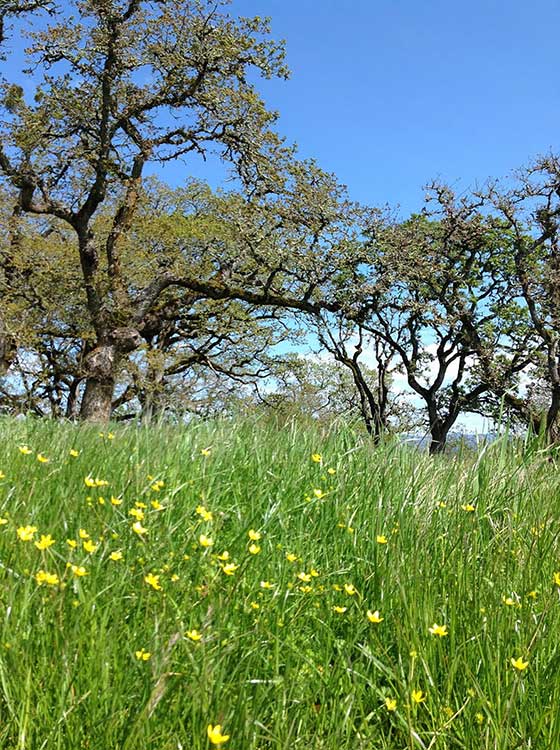
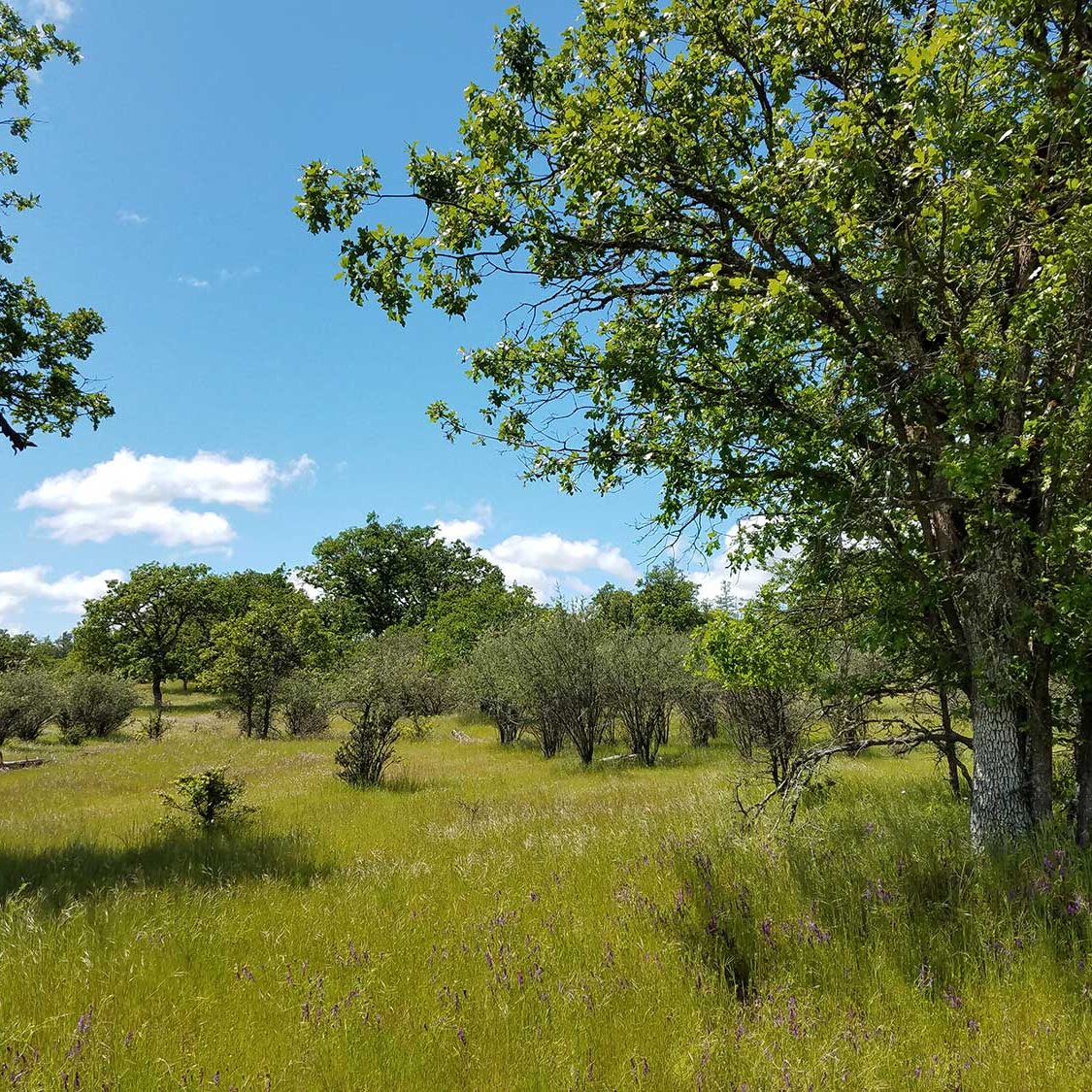
Oak Chaparral
Oak chaparral is common in southern Oregon and Northern California. These habitats are dominated by dense shrubby vegetation comprised of drought tolerant plants with hard evergreen leaves. Infrequent fires, generally with burn-intervals between 10 and 100 years, are a natural feature of chaparral habitats.
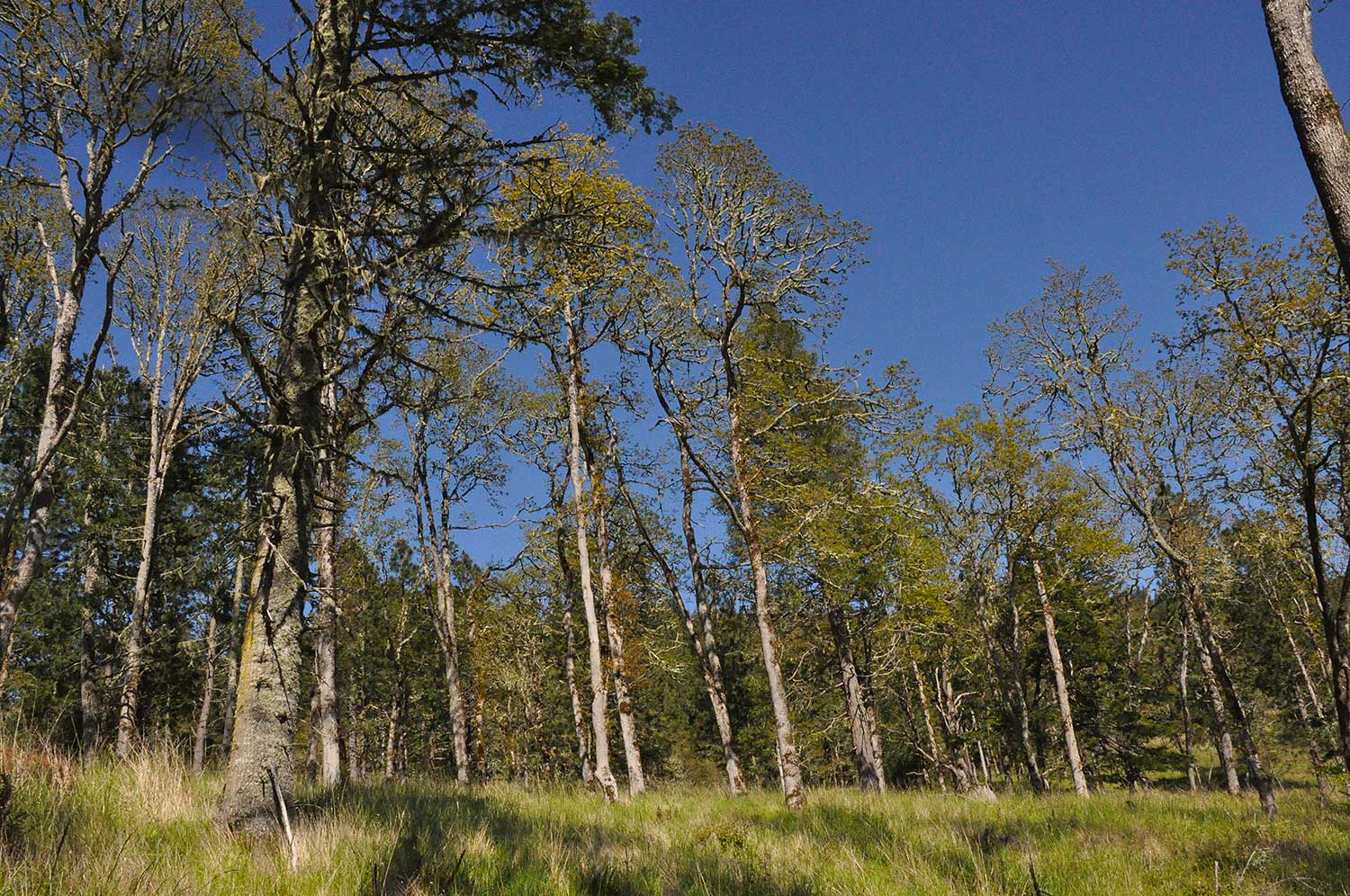
Oak Woodland
Oak woodlands refer to groves of oak trees growing closer together and can range from an open to relatively closed canopy dominated by oak, and often interspersed with conifers such as ponderosa pine and Douglas-fir. There is typically an open understory of shrubs, grasses, and herbaceous plants.
Mixed Oak-Conifer Forest
Mixed oak-conifer forest habitats are characterized by a nearly closed canopy. Oak trees in a dense oak forest compete for resources and are almost exclusively columnar in shape with limited branching and crown foliage volume.
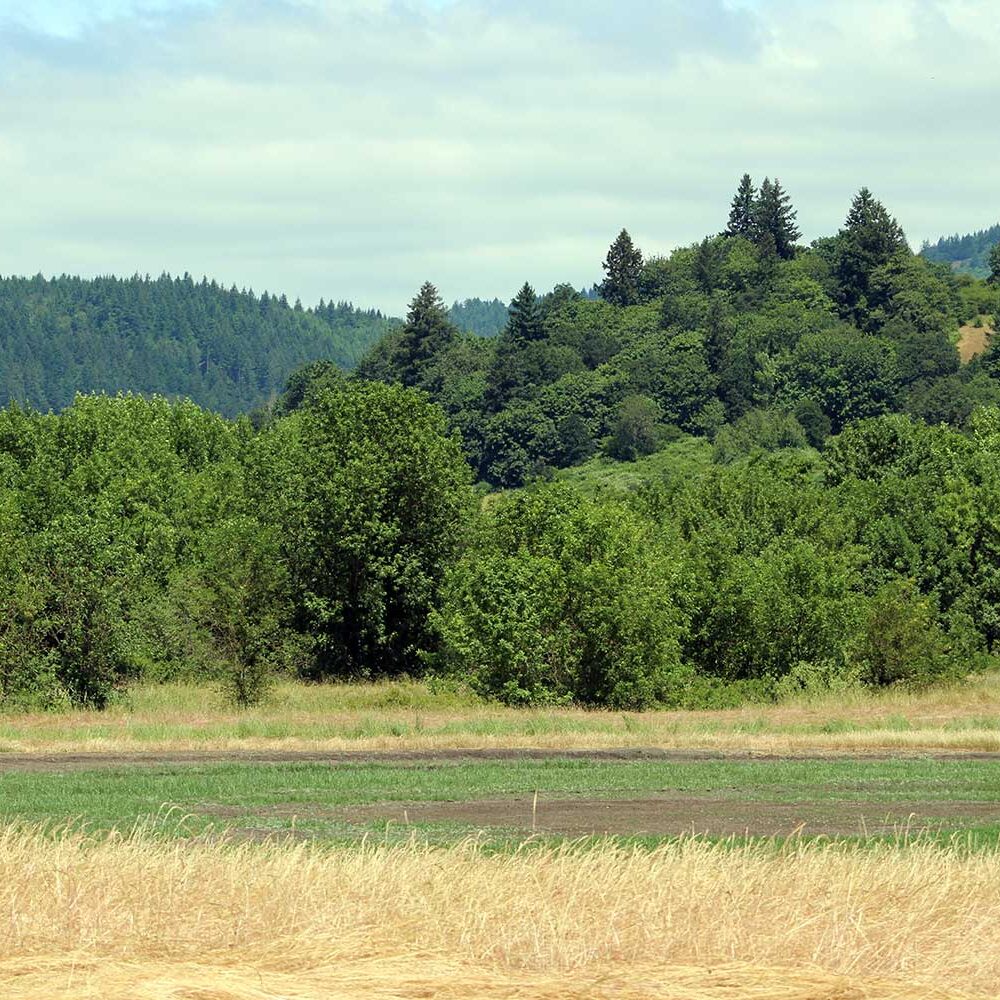
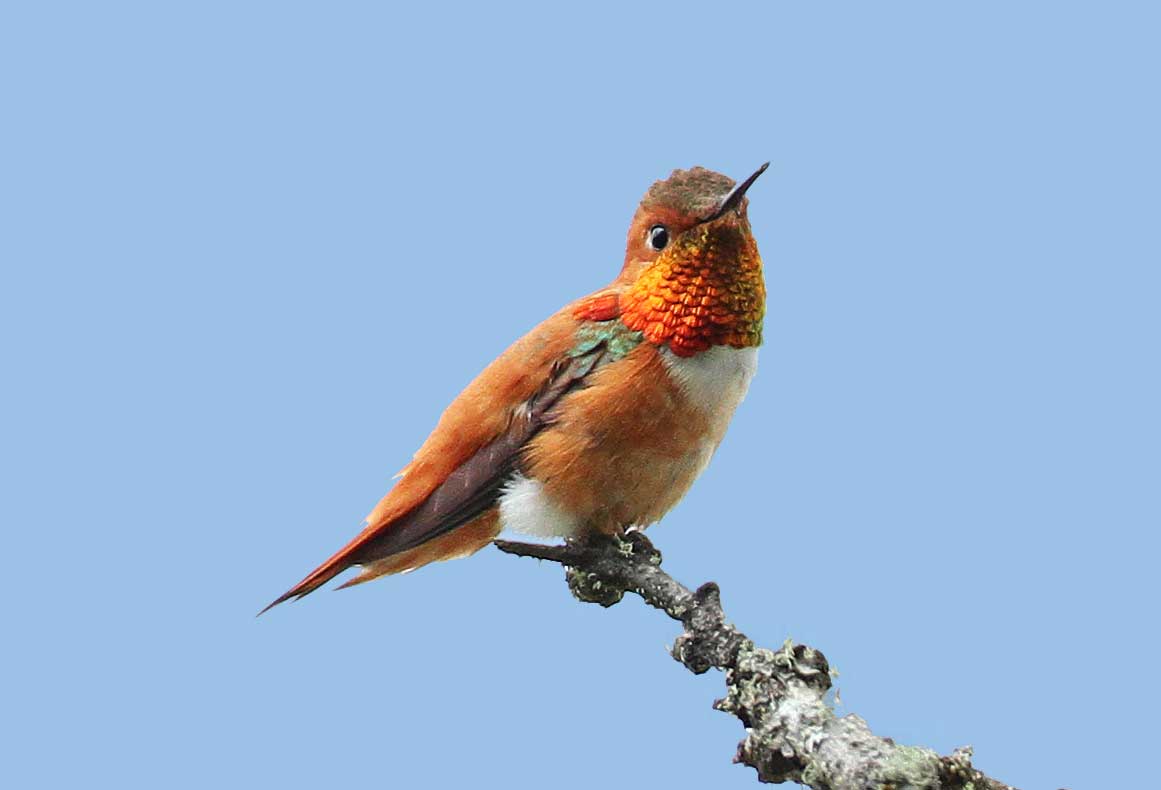
Oak & Wildlife
Oaks also serve as excellent locations for cavity nesting birds including the Acorn woodpecker, chipping sparrow, and white breasted nuthatch and a range of small mammals. They are an important source of shade or cover in the summer. And acorns are an important food source for a number of species.
Since 1970, we have lost one in four North American birds. This staggering decline includes both migratory and resident species. As landscapes lose their ability to support bird populations, protecting and promoting healthy oak and prairie habitats across the Pacific Northwest is essential to halt and reverse the decline of species such as the Oregon vesper sparrow, oak titmouse, and black-throated gray warbler. While these trajectories are alarming, there is still time to either reverse or mitigate these impacts. The main drivers of conversion, conifer encroachment, and invasive species are all issues we know how to solve. We have the information, tools, and partnerships to do something about these threats.
Focused Conservation Efforts Produce Results
Focused conservation efforts have already led to the successful recovery of three listed species. We attribute this to public-private-tribal collaborations. Since 2012, three species that rely on oak and prairie habitats have been recovered and removed from the US Endangered Species Act (ESA) and Canada’s Species at Risk Act (SARA). Six additional species are on their way through downlisting.
View the full table of at risk oak and prairie species.
| Species | Past Status | Current Status |
|---|---|---|
| Golden Paintbrush | Endangered (US ESA) | Recovered. Removed from US Endangered Species Act in 2023 |
| Bradshaw’s Lomatium | Endangered (US ESA) | Recovered. Removed from US Endangered Species Act in 2022 |
| Nelson’s Checkermallow | Endangered (US ESA) | Recovered. Removed from US Endangered Species Act in 2023 |
| Fender’s Blue Butterfly | Endangered (US ESA) | Downlisted. Reclassified as Threatened under US Endangered Species Act in 2023 |
| White-topped Aster | Threatened (Canada SARA) | Downlisted. Removed as Candidate Species from US Endangered
Species Act in 2012. Reclassified as Species of Special Concern under Canada Species at Risk Act in 2011 |
| Mardon Skipper | Candidate (US ESA) | Downlisted
Removed as Candidate Species from US Endangered
Species Act in 2012 |
| Common Nighthawk | Threatened (Canada SARA) | Downlisted. Reclassified as Species of Special Concern under Canada Species at Risk Act in 2023 |
